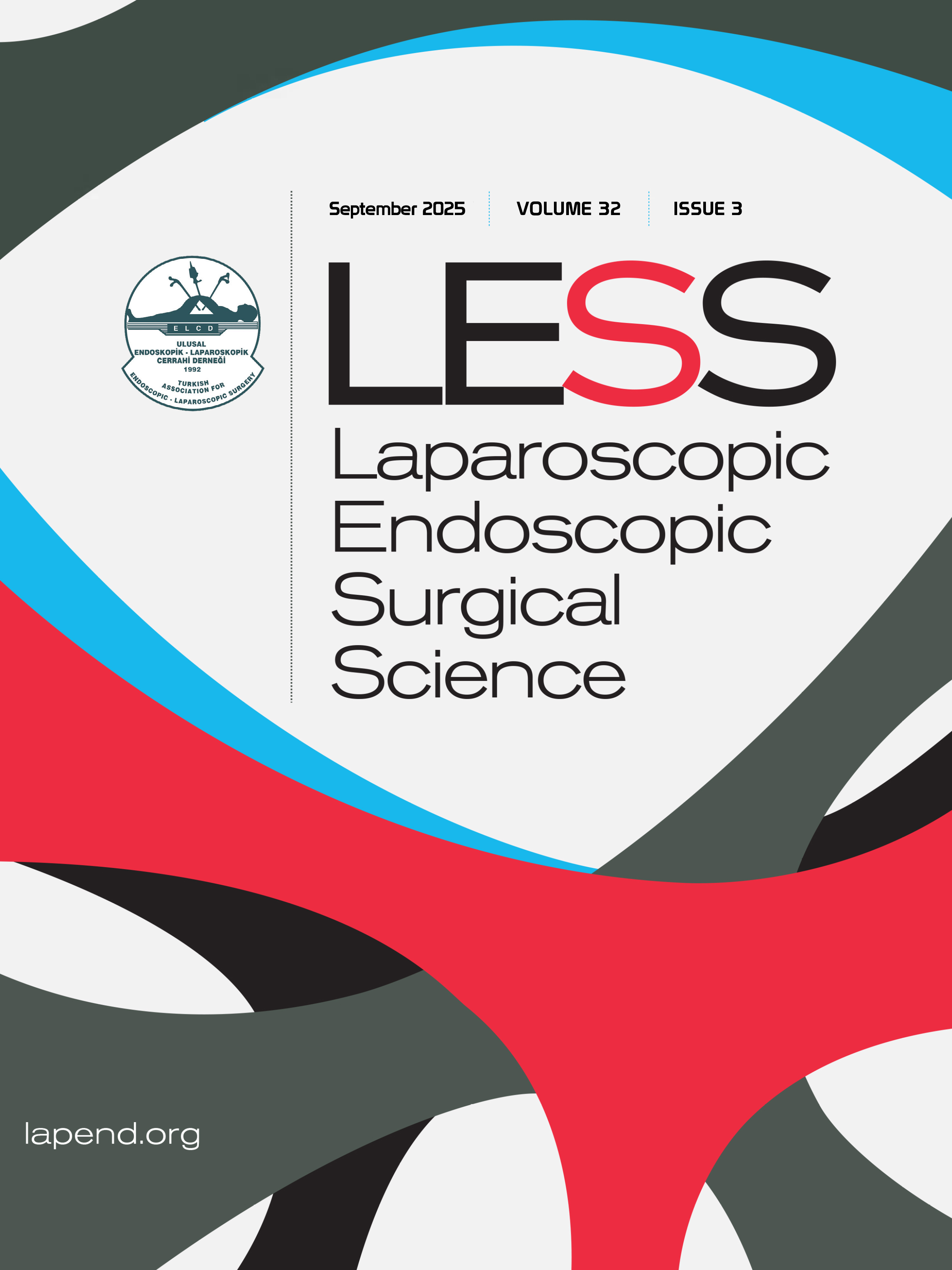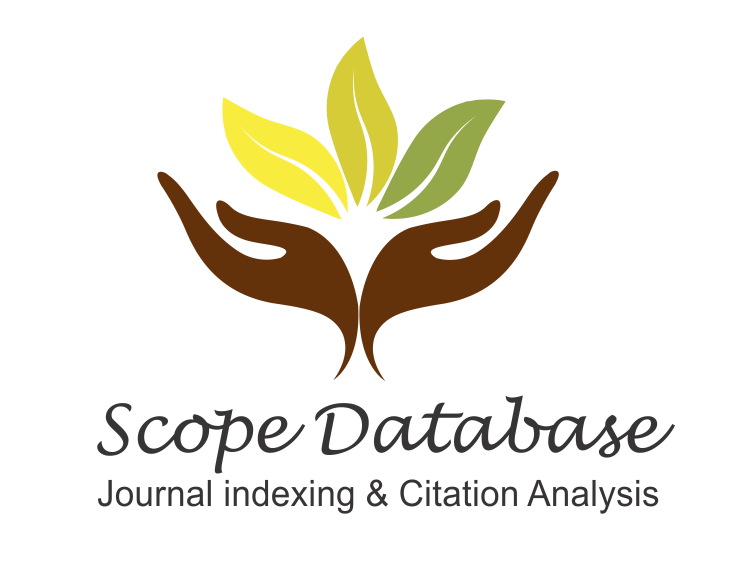Predictive factors of mortality and hospitalization in elderly patients undergoing laparoscopic cholecystectomy for acute cholecystitis
Emre Teke, Sibel Yaman, Burcu Gümüştekin, Murat Mert, Zekeriya Sayın, Bilal TuranDepartment of General Surgery, University of Health Sciences, Gaziantep City Hospital, Gaziantep, TürkiyeINTRODUCTION: Gallstone disease is a prevalent condition, affecting over 10% of the population, and acute cholecystitis (AC) remains a frequent cause of emergency gastrointestinal admissions. The Tokyo Guidelines (TG18/TG13) provide criteria for assessing the severity of AC and guide treatment decisions. This study aims to identify factors associated with mortality and prolonged hospitalization in elderly patients undergoing laparoscopic cholecystectomy (LC) for AC.
METHODS: This retrospective study included patients aged 70 and older who underwent LC for TG18/TG13 grade 12 AC between 2016 and 2023. Patients with recurrent AC, organ dysfunction, or a history of ERCP were excluded. Data on demographics, comorbidities (Charlson Comorbidity Index (CCI)), ASA (American Society of Anesthesiologists) scores, CRP/Albumin ratio (CAR), POSSUM (Physiological and Operative Severity Score for the Enumeration of Mortality and Morbidity) scores, postoperative outcomes, and length of hospital stay were collected. Statistical analyses were performed to evaluate the correlation between clinical factors and outcomes, including mortality and hospitalization duration.
RESULTS: A total of 52 patients, with a mean age of 74 years, were included. Mortality occurred in 4 patients (7.6%). Higher ASA, CCI, and POSSUM scores were significant predictors of mortality. CAR and serum albumin levels showed borderline significance. The timing of surgery and Tokyo severity scores were not associated with mortality. A positive correlation was found between the timing of surgery and length of hospital stay. The POSSUM score had higher specificity and sensitivity compared to CCI in predicting mortality.
DISCUSSION AND CONCLUSION: The POSSUM score was superior to CCI and ASA in predicting mortality in elderly patients undergoing LC for AC. The CAR ratio also showed potential as a predictive factor. These scores may help in optimizing treatment decisions and outcomes in this high-risk population.
Keywords: Acute cholecystitis, Charlson comorbidity index, elderly patients, laparoscopic cholecystectomy, POSSUM score
Manuscript Language: English















